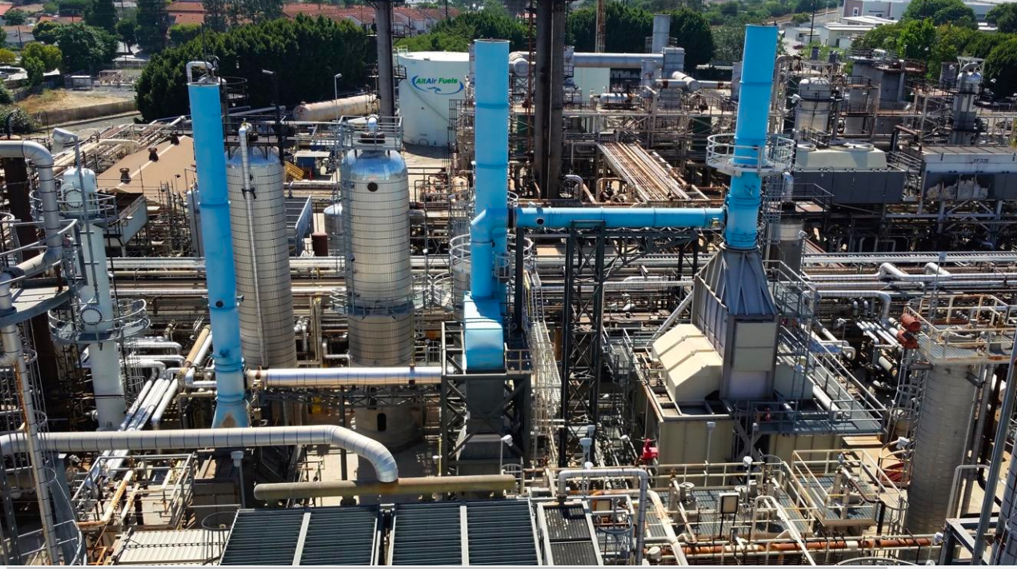
World Energy’s Paramount refinery in California has been one of only two major sources of sustainable aviation fuel (SAF) since it began producing fuel on a commercial scale.
In April, the company announced a $2 billion project to boost the facility’s capacity 700% by 2025, to 340 million gal. per year.
World Energy on Aug. 19 announced plans to convert its biorefinery in Houston into a SAF hub, producing 250 million gal. per year by 2025. The move will take the company more than half-way to meeting its commitment to produce 1 billion gal. per year of SAF by 2030.
Advanced engineering planning has been launched to convert the existing biofuel facility, which is located on the Houston Ship Channel at the origin of all major U.S. pipelines, with direct deep water access and supply connections to Houston’s George Bush Intercontinental and Hobby airports.
In late June, Finland’s Neste, the other major producer of SAF to date, announced a final investment decision to expand renewable fuels production at its Rotterdam facility. The €1.9 billion ($1.91 billion) expansion will provide capacity to produce up to 700,000 metric tons (230 million gal.) per year of SAF.
Expansion of Neste’s Singapore renewable fuels facility is already under way and scheduled for startup by the end of the first quarter of 2023. Together with the Rotterdam expansion, this will give Neste the capacity to produce 1.5 million metric tons of SAF per year by the first half of 2026.
The U.S. government/industry SAF Grand Challenge launched at the White House in September 2021 has set the target of boosting domestic production and consumption of SAF to 3 billion gal. per year by 2030 to reduce U.S. aviation emissions 20%. In addition to World Energy, renewable fuel startups Gevo and LanzaJet have each set targets of producing at least 1 billion gal. per year by 2030.
Multiple other SAF production projects have been announced in recent months and have been boosted by a blender’s tax credit included in the Inflation Reduction Act, which was signed into law by President Joe Biden on Aug. 16.
New projects continue to be announced. Early in August, investor Warburg Pincus agreed to invest $250 million and Stonebriar Commercial Finance an additional $350 million in Montana Renewables. Based in Great Falls, Montana, the plant will produce around 60 million gal. per year of SAF from 2024-25.
